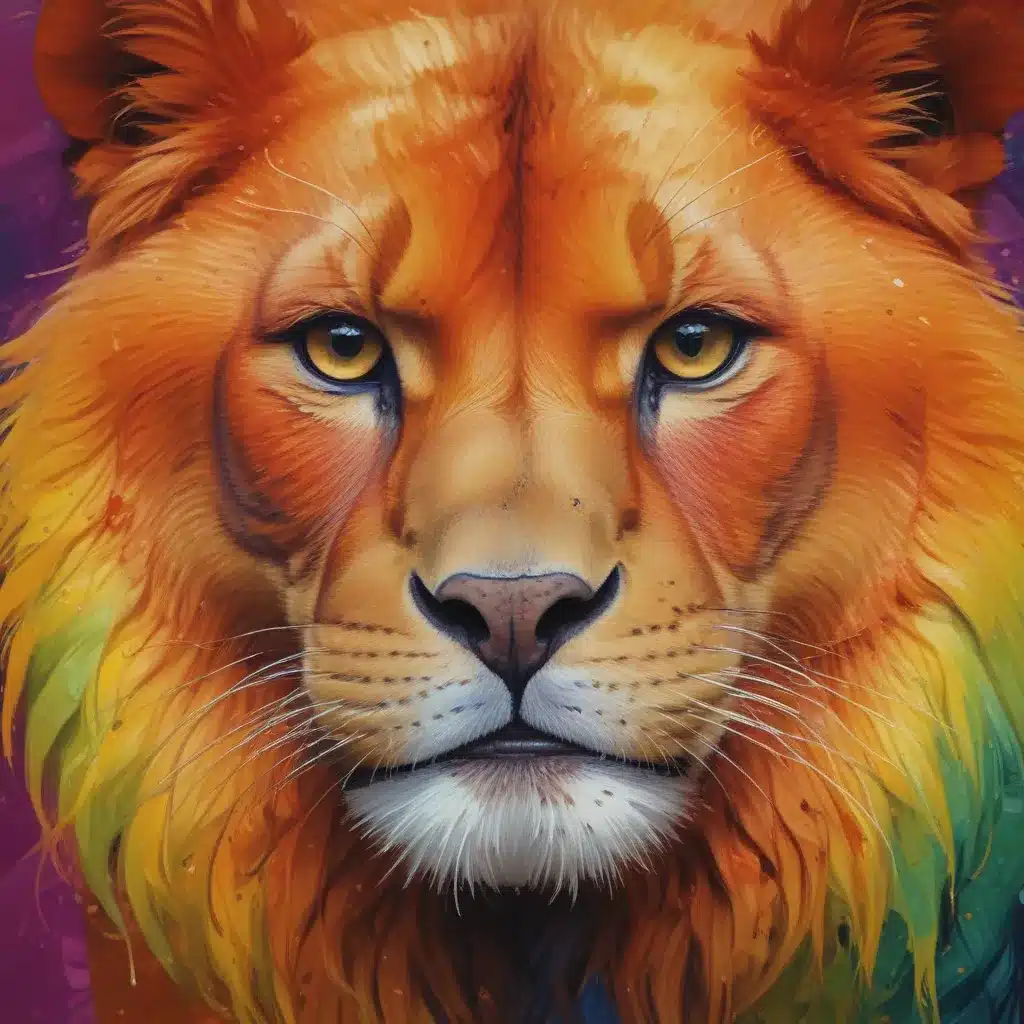
Art Techniques and Tutorials
Now, this might seem counterintuitive…
Modern Painting Techniques
Aspiring artists have a wealth of options when it comes to contemporary painting mediums. Acrylic paint offers a water-based, fast-drying solution with a vibrant, matte finish. Its versatility allows for both precise applications and expressive, loose brushwork. Oil painting, on the other hand, provides richer, more luminous colour and a slower drying time, enabling seamless blending and glazing techniques. For a translucent, atmospheric quality, watercolour painting harnesses the fluidity of pigments suspended in water, creating a uniquely organic and spontaneous aesthetic.
Pencil Drawing Tutorials
Pencil sketches form the foundation for many types of animal art, from realistic studies to stylized designs. Sketching fundamentals like line, shape, and proportion lay the groundwork for capturing the essential forms of your subject. Shading and blending techniques utilizing the full value range of pencils allow you to render fur, scales, and other distinctive textures. Mastering these skills enables you to translate your observations into dynamic, expressive drawings.
Colour Theory for Expressive Art
Colour Harmony
Colour theory is a vital tool for creating visually striking and harmonious animal artworks. Complementary colours, such as red and green or blue and orange, create a bold, high-contrast palette that can imbue your work with dynamic energy. Analogous colours, those adjacent on the colour wheel, offer a more cohesive and soothing aesthetic. Experimenting with triadic colour schemes, which feature three equidistant hues, can lead to vibrant, visually complex compositions.
Colour Psychology
Colour has a profound impact on the emotional resonance of your art. Warm colours like red, orange, and yellow can evoke feelings of excitement, energy, and passion, while cool colours like blue, green, and violet often convey a sense of calm, serenity, and introspection. Tapping into the symbolic associations of colour, such as the regal connotations of purple or the natural, earthy qualities of brown, can enhance the expressive power of your animal subjects.
Vibrant Colour Palettes
When aiming for bright and saturated colours, experiment with layering transparent glazes, mixing pure pigments, and pushing the intensity of your hues. Mastering colour mixing techniques, such as the combination of complementary colours to create rich neutrals, can lend depth and complexity to your palette. Thoughtful colour relationships and juxtapositions can imbue your work with a heightened sense of visual interest and dynamism.
Creative Inspiration
Observational Studies
Drawing directly from life is a powerful way to capture the essence of your animal subjects. Sketching from life develops your visual acuity and your ability to translate three-dimensional forms onto a two-dimensional surface. Using photographic references can supplement your observational studies, allowing you to meticulously capture details and refine your compositions. Continually collecting visual inspiration from various sources, such as nature documentaries, wildlife photography, and zoological illustrations, can broaden your creative horizons.
Stylized Animal Designs
Combining realism with stylization can result in captivating, anthropomorphic animal characters. By selectively exaggerating or simplifying certain features, you can imbue your subjects with distinct personalities and emotional expressions. Exploring abstraction and simplification techniques, such as reducing forms to their basic geometric shapes or emphasizing patterns and textures, can lead to imaginative, evocative creature designs.
Expressive Brushwork
Loose, gestural painting techniques can breathe life into your animal artworks, conveying a sense of energy and movement. Experimenting with textural marks and patterns can add visual interest and depth to your compositions. Considering the dynamic composition and implied motion of your subjects can result in captivating, visceral depictions that engage the viewer.
Artistic Design Principles
Composition and Balance
Strong, well-designed compositions are essential for creating impactful animal art. The rule of thirds, which suggests placing key elements along imaginary intersecting lines, can help you establish a visually balanced and harmonious layout. Exploring symmetrical and asymmetrical balance can lead to a variety of engaging compositions, from the stately poise of a frontal portrait to the dynamic tension of an off-centre pose. Identifying a clear focal point and using elements like colour, texture, and contrast to emphasize it can draw the viewer’s eye and enhance the overall impact of your work.
Light and Shadow
The skillful rendering of light and shadow is crucial for capturing the form, volume, and depth of your animal subjects. Chiaroscuro techniques, which employ stark contrasts between light and dark, can lend a sense of drama and intensity to your art. Meticulously rendering form and volume through gradual value shifts and reflected light can create a heightened sense of realism. Incorporating atmospheric perspective, where distant elements appear hazy and desaturated, can enhance the illusion of depth and spatial relationships.
Visual Rhythm and Movement
Infusing your animal art with a sense of dynamic posing and gesture can imbue your subjects with a palpable sense of life and energy. Exploring implied motion and action through the strategic placement of limbs, the directionality of shapes, and the interaction between elements can create a compelling visual rhythm. Employing energetic linework that conveys a sense of fluidity and momentum can further amplify the expressive qualities of your work.
By mastering a diverse array of painting, drawing, and design techniques, you can create captivating and vibrant animal art that resonates with viewers on an emotional level. Drawing inspiration from colour theory, observational studies, and artistic principles, you can craft striking compositions that bring your animal subjects to life with expressive flair. Embrace the full creative potential of your medium and let your chromatic captivation shine through in every brushstroke, pencil mark, and design decision.
Example: Modern Abstract Painting Series 2024